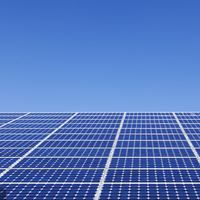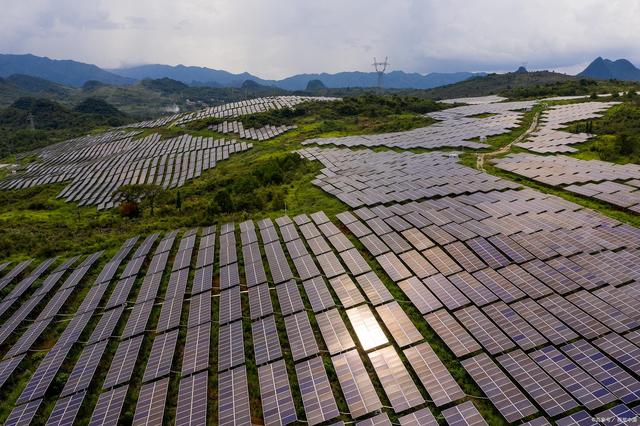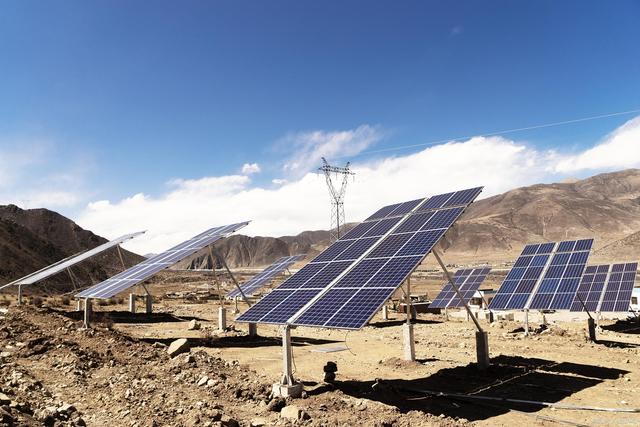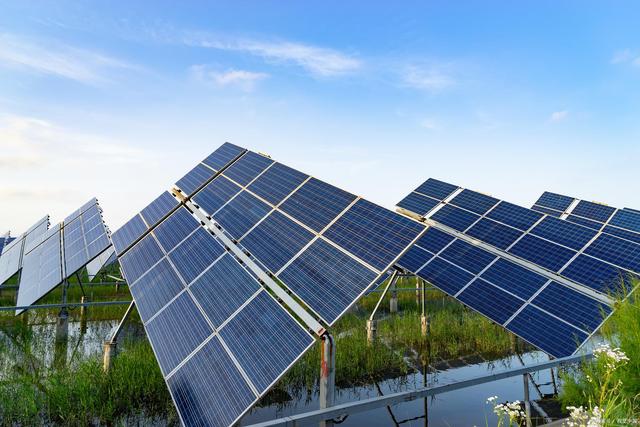Current situation and market size of foreign photovoltaic markets

Current situation and market size of foreign photovoltaic markets
In terms of installed capacity, China, the United States, and India are the three largest markets in the entire photovoltaic market. Since China became the world's number one market in 2013, it has had an intuitive impact on market stability and price fluctuations. The United States has always been the second largest market in the world. In addition, markets in India, Brazil, and Europe are relatively leading. From the perspective of the entire demand share, the stability and proportion of the large market are relatively certain. Therefore, based on the situation of these four major markets, we summarize foreign photovoltaic development policies, market status and market size.

1. United States
On June 6, 2022, the White House of the United States announced that the United States would be allowed to import solar panels from Thailand, Vietnam, Malaysia, and the Philippines in accordance with the Defense Production Act, and the purchased solar modules would be exempted from import duties for 24 months, so as to accelerate the U.S. In domestic new energy construction, vigorously develop clean energy.
Looking at the status of photovoltaic projects in the United States from the perspective of centralized power plants, the demand for large-scale projects in the entire US market is driven by H. P. Solar Power Policy, this policy has actively promoted the construction of large-scale projects in the United States in the past few years. Looking at the list of US project planning, from 2022 to 2030, there will be close to more than 200 GW of photovoltaic projects. After taking office, the Biden administration has been very optimistic about new energy and has set a very ambitious goal to achieve 100% use of clean energy electricity by 2035. Among the more than 200 GW, more than 20 GW are already under construction and will be completed in the next two years. More than 60 GW are already under approval, and there are more than 100 GW of projects that are relatively early. Overall, the U.S. project pipeline is huge. Dezhou occupies the highest share in the list of projects, close to 70GW. Each week has its own electricity policy. California is a strong state for photovoltaic power generation in the traditional sense. It is located on the west coast and has sufficient sunshine hours. The remaining states also have project reserves in the near future.
In terms of distributed photovoltaic power stations, the United States also announced plans in some states last year, expecting to install photovoltaics on 500,000 American rooftops. This has also driven the development of distributed photovoltaic power stations in the past year or two. It can be seen from the reports of foreign research institutions that the price of distributed power stations is relatively high. Ground power stations only cost 1.8-2 US dollars per watt. The prices vary in different states.
Generally speaking, the United States should pay more attention to photovoltaics. To realize the goal of new energy utilization, photovoltaics is a very important link. In order to localize the photovoltaic industry chain, the government is providing subsidies to various links: silicon material is US$3 per kilogram, silicon wafers are US$12 per square meter, and cells and modules are US$4 and US$7. However, it is still difficult to achieve localization in the short term. change.

2 Europe
On March 8, the European Commission proposed the REPower EU plan, with the core of ensuring EU energy security. The bill further set clear installation targets, that is, through a dedicated EU solar energy strategy, to achieve 320GW of photovoltaic installed capacity by 2025 and 600GW by 2030. By the end of 2021, the cumulative installed capacity of photovoltaics in Europe will be about 165GW, so 48GW will be needed in 2022-2030.
The EU solar strategy focuses on the following aspects: a) prohibiting the use of products produced with forced labor; b) encouraging energy storage devices to complement distributed renewable energy systems; c) the European Solar Roof Initiative, which estimates that rooftop photovoltaics can provide nearly 25% of the EU’s power consumption; d) By 2025, Europe will have 20GW of silicon wafer, cell, and module production capacity; e) By 2030, there will be more than 710,000 relevant personnel in the solar energy industry, with installation accounting for 80%, operation 10%, and maintenance 10%; f) Restrictions The approval time for rooftop solar projects is up to 3 months; g) It is hoped that regulations will be adopted to ensure greater support for solar energy in new buildings: it will be mandatory for new public and commercial buildings with an area greater than 250 square meters to install solar energy in 2026, and in 2027 for new public and commercial buildings with an area greater than 250 square meters. Mandatory installation in public and commercial buildings, and mandatory installation in all new residential buildings in 2029. In addition, the application of enhanced photothermal is also mentioned.
The Russia-Ukraine war has a great impact on distribution. The entire energy price has risen rapidly, especially the price of natural gas. Russia’s natural gas supply to the EU has a high proportion, resulting in large price fluctuations. For residents, the cost of electricity has increased rapidly. Europe needs to wean itself off its dependence on Russian natural gas and stimulate distributed growth. The increase in electricity costs is much greater than the cost of distributed systems, and distributed systems will minimize the impact of electricity price fluctuations on residents.
The volume of imported photovoltaic modules in Europe will be very strong in 2022, with more than 40 GW expected this year, and changes are still being observed in the future. Western Europe prefers distributed power plants, while Southern Europe prefers large-scale ground power stations.

3. India
According to IHS Markit data, as of 2021, India's cumulative installed photovoltaic capacity is approximately 44GW. Under India's target of a total installed photovoltaic capacity of 100GW by the end of 2022, India's new photovoltaic installed capacity is expected to exceed 56GW in 2022.
4. Brazil
Brazil's demand for photovoltaics is driven by distributed power. In the past two years, there has been a policy to increase the subsequent cost of the power grid. The cost has increased by 10%, which has stimulated Brazil's demand for distributed power. Among the top ten markets, Brazil became the fourth largest photovoltaic market for the first time.
Therefore, the foreign photovoltaic development policies, market status and market size can be summarized from the conditions of these four major markets.
